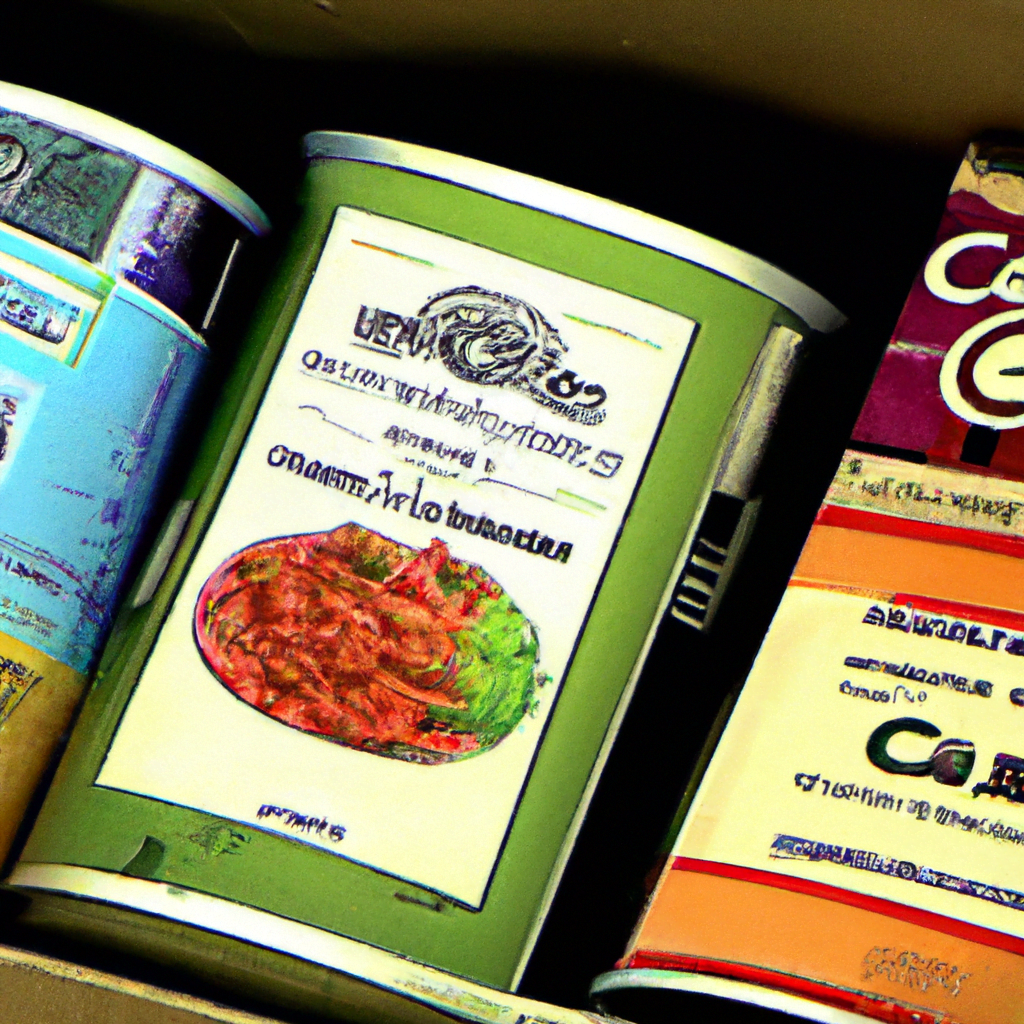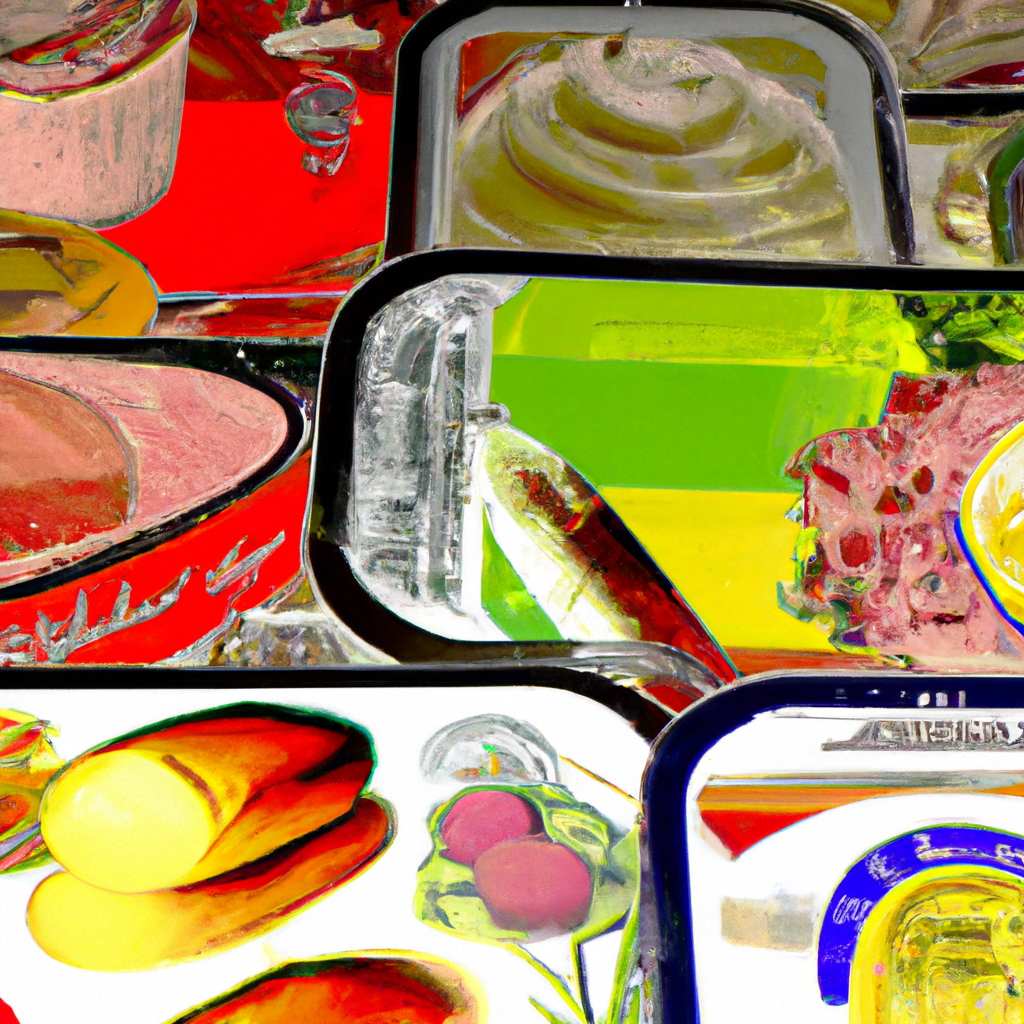
Packaging Trends in the Frozen Food Industry

Introduction
The frozen food industry has been growing steadily over the years, with an increasing number of consumers opting for frozen food products due to their convenience, longer shelf life, and ease of preparation. However, with the rise of e-commerce and changing consumer preferences, the packaging of frozen food products has become more critical than ever before. In this article, we will explore the latest packaging trends in the frozen food industry and how they are shaping the future of the industry.
1. Sustainable Packaging
Sustainability has become a buzzword in the packaging industry, and the frozen food industry is no exception. Consumers are becoming more environmentally conscious and are demanding sustainable packaging options. According to a survey conducted by the Sustainable Packaging Coalition, 70% of consumers are willing to pay more for products that use sustainable packaging.
To meet this demand, many frozen food companies are switching to eco-friendly packaging materials such as biodegradable plastics, paper-based packaging, and compostable materials. For instance, Nestle has recently launched a range of frozen food products that use paper-based packaging, which is fully recyclable and made from sustainably sourced materials. Similarly, McCain Foods has introduced a new range of frozen food products that use biodegradable plastic trays made from renewable resources.
2. Convenience Packaging
Convenience is a significant factor driving the growth of the frozen food industry. Consumers are looking for products that are easy to prepare and consume, especially in today’s fast-paced world. As a result, packaging that offers convenience has become a top priority for frozen food companies.
One of the latest packaging trends in the frozen food industry is the use of microwaveable packaging. This type of packaging allows consumers to cook the frozen food product directly in the packaging, eliminating the need for additional cookware. For example, Conagra Brands has introduced a range of frozen food products that come in microwaveable packaging, making it easier for consumers to prepare their meals quickly.
Another convenience packaging trend is the use of resealable packaging. This type of packaging allows consumers to store the remaining portion of the frozen food product after opening, keeping it fresh for longer. Resealable packaging is particularly popular among single-person households, who may not consume an entire frozen food product in one sitting. For instance, Birds Eye has introduced a range of frozen food products that come in resealable packaging, making it easier for consumers to store and consume their products.
3. Innovative Packaging Designs
Innovation is key to staying ahead in the frozen food industry, and packaging design is no exception. Frozen food companies are constantly looking for new and innovative packaging designs that can differentiate their products from the competition.
One of the latest packaging trends in the frozen food industry is the use of transparent packaging. This type of packaging allows consumers to see the product inside, giving them a better idea of what they are buying. Transparent packaging is particularly popular among health-conscious consumers who want to see the ingredients and nutritional information of the product before purchasing. For example, Amy’s Kitchen has introduced a range of frozen food products that come in transparent packaging, allowing consumers to see the product inside.
Another innovative packaging design trend is the use of dual-compartment packaging. This type of packaging allows frozen food companies to package two different food items in the same package, making it easier for consumers to prepare a complete meal. For instance, Lean Cuisine has introduced a range of frozen food products that come in dual-compartment packaging, allowing consumers to cook a main dish and a side dish in the same package.
4. Smart Packaging
Smart packaging is a relatively new concept in the frozen food industry, but it is gaining popularity quickly. Smart packaging refers to packaging that has additional features such as sensors, indicators, and QR codes that provide consumers with additional information about the product.
One of the latest smart packaging trends in the frozen food industry is the use of temperature-sensitive packaging. This type of packaging has sensors that can detect the temperature of the product and provide consumers with information about its freshness and safety. For example, Freshline Foods has introduced a range of frozen food products that come in temperature-sensitive packaging, allowing consumers to ensure that the product is safe to consume.
Another smart packaging trend is the use of QR codes. QR codes can be scanned using a smartphone, providing consumers with additional information about the product, such as its nutritional information, cooking instructions, and origin. For instance, Green Giant has introduced a range of frozen food products that come with QR codes, allowing consumers to access additional information about the product.
Conclusion
The frozen food industry is evolving rapidly, and packaging is playing a crucial role in shaping its future. Sustainable packaging, convenience packaging, innovative packaging designs, and smart packaging are some of the latest packaging trends in the frozen food industry. As consumers become more environmentally conscious and demand more convenience and information, frozen food companies will need to continue innovating and adapting to stay ahead of the competition.
